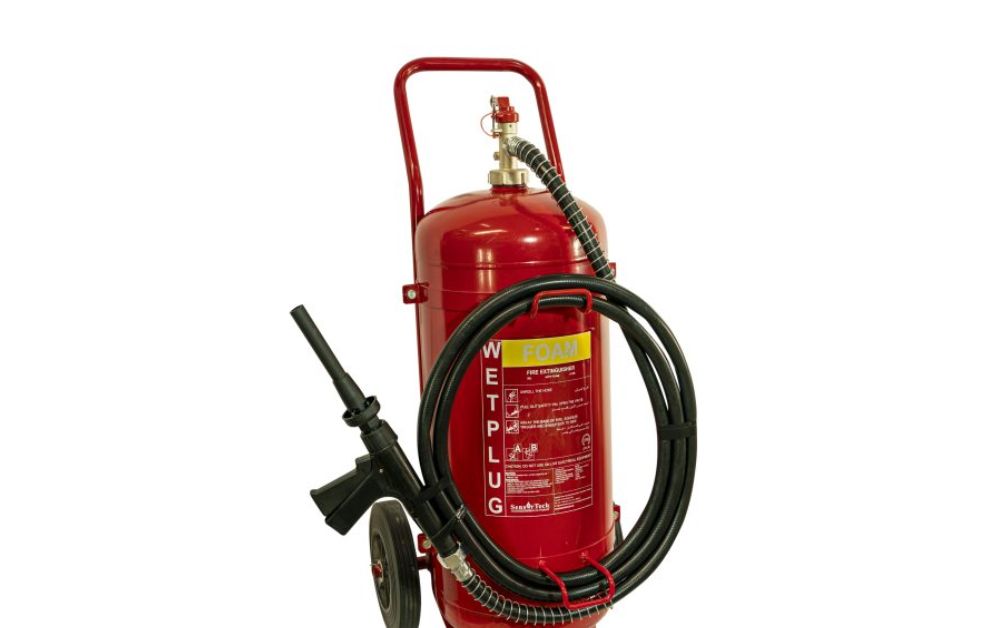
Fire extinguishers are under important safety equipment’s which should be available for industries. They play the role of preliminary defense against fire outbreaks before these get out of hand. However, as with all safety industrial equipment, extinguishers are not made to last for a lifetime. It can be important to understand when your extinguisher needs to be replaced because the device should work properly during an emergency. Here is how you can determine if your extinguisher is due for replacement.
Check the Expiry Date
Each extinguisher has a recommended manufacturer life which is normally from 5 years to a maximum of 15 years. This information can be found on the label and stamped on body of the cylinder. If this period has been exceeded it means that is the right time for the extinguisher to be replaced. At the time of an incident, using an expired extinguisher can be dangerous because it can falter when you are most needing it.
Inspect for Physical Damage
Regularly examine your extinguisher for visible damage. Signs such as dents, rust, or cracks in the cylinder indicate potential compromise in its integrity. A damaged extinguisher may not maintain the required pressure or function correctly during a fire. If you spot any physical damage, replacement is advised.
Monitor the Pressure Gauge
Most extinguishers have a pressure gauge that indicates whether the extinguisher is adequately pressurized. If the needle points to the “recharge” or “low pressure” zone, it’s a clear signal that the extinguisher might not work effectively. Even after recharging, if the pressure doesn’t stabilize, replacement is necessary.
Assess the Seal and Pin
The safety seal and pull pin are essential for ensuring the extinguisher hasn’t been tampered with or accidentally discharged. If the seal is broken or the pin is missing, the extinguisher may have lost its effectiveness. In such cases, it’s better to replace it to guarantee reliability.
Look for Corrosion or Leakage
Corrosion, especially around the nozzle or hose, can weaken the extinguisher and cause it to malfunction. Similarly, any signs of leakage around the valve or body indicate the extinguisher is no longer fit for use. Immediate replacement is necessary to maintain safety standards.
Lack of Proper Maintenance Records
Extinguishers require regular inspections and servicing to ensure functionality. If your extinguisher hasn’t been inspected or maintained as per guidelines, it might not be reliable. In the absence of proper maintenance records, consider replacing it to ensure safety compliance.
Outdated Extinguisher Model
Older extinguisher models may not meet current safety standards or may lack features that enhance effectiveness. If your extinguisher is outdated, replacing it with a modern, compliant model ensures better safety and reliability.
Failed Hydrostatic Testing
During routine inspections, extinguishers undergo hydrostatic testing to check for structural integrity and pressure resistance. If an extinguisher fails this test, it’s deemed unsafe and must be replaced.
In Conclusion
Regular inspection and timely replacement of extinguishers are essential for maintaining safety. Sensor Tech provides high-quality fire safety solutions, including advanced fire extinguishers designed for maximum reliability.





